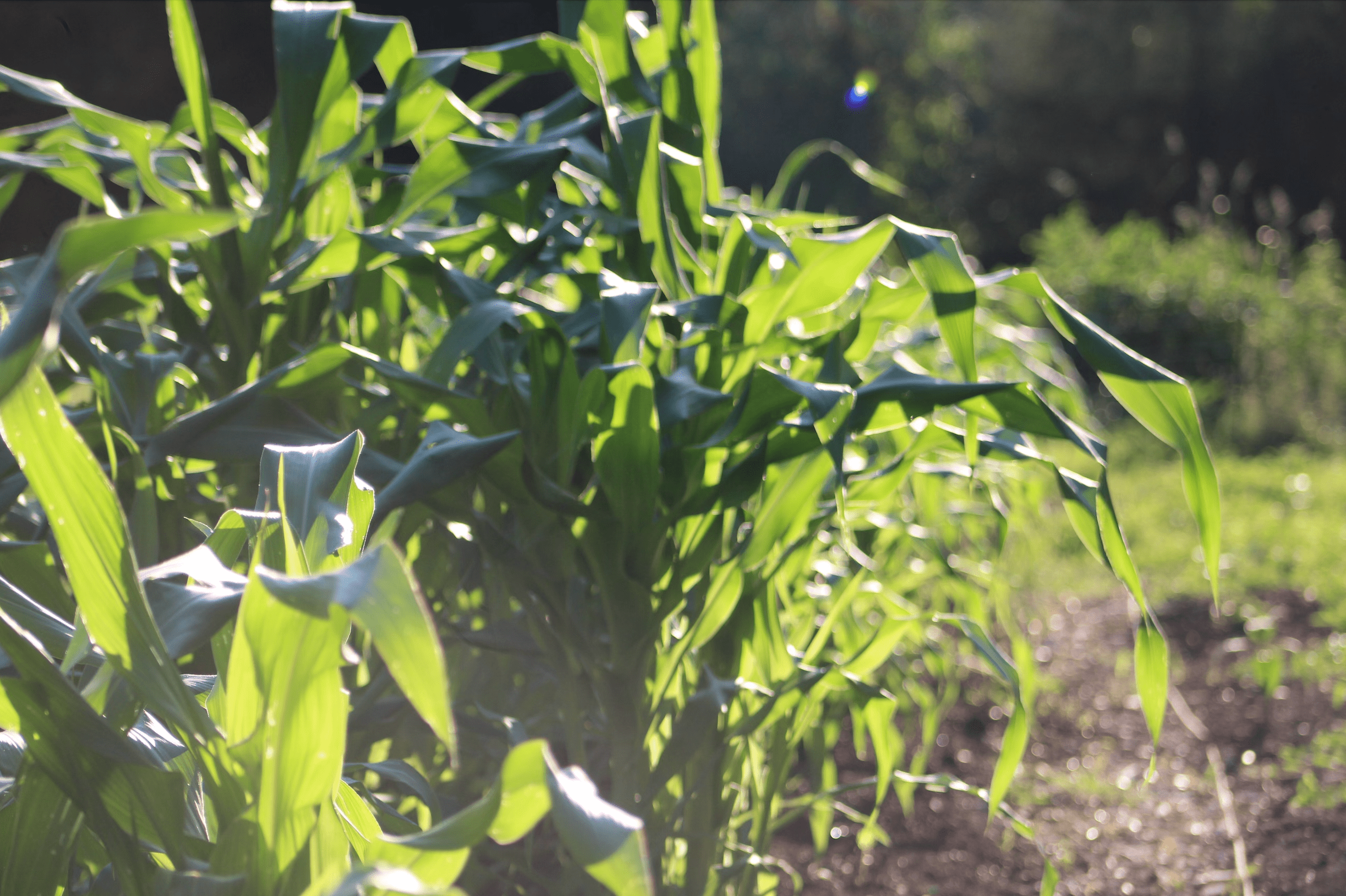A blogger from zompist.com looks into the legacy and teaching of Jane Jacobs:
Not enough people have read Jane Jacobs.
Many have; her The Death and Life of Great American Cities (1961), a celebration of city neighborhoods and a warning that they were being destroyed by the czars of urban renewal, has gone in forty years from iconoclasm to curriculum.
But even better are the less read The Economy of Cities (1970) and Cities and the Wealth of Nations (1984), twin volumes which do nothing less than demolish and rebuild macroeconomics. Economics went wrong, she explains, with the work her titles allude to, Adam Smith’s The Wealth of Nations. Nations aren’t the proper unit of macroeconomic analysis; cities are.
. . .
But don’t cities arise from and depend on agriculture? No: all economic progress originates in cities, Jacobs tells us; and cheekily adds that all agricultural progress originates in cities. Great advances, such as mechanical reapers and electricity, were invented and adopted in or near cities before being applied to agricultural regions farther out. Productivity improvements in agriculture always begin near the cities and spread out.
What we think of as purely rural activities often began in the cities. In premodern Europe, the quintessential cottage industry was weaving; but before cloth was woven in cottages the art was rediscovered and practiced in cities. Dark Ages peasants lived on gruel; the art of breadmaking was recovered first in cities (and based on city-grown bread; a medieval city had its own fields). In our own rural areas there are vast ranches where animals are fattened before slaughter; they are transplants from the city stockyards of Kansas City and Chicago.


